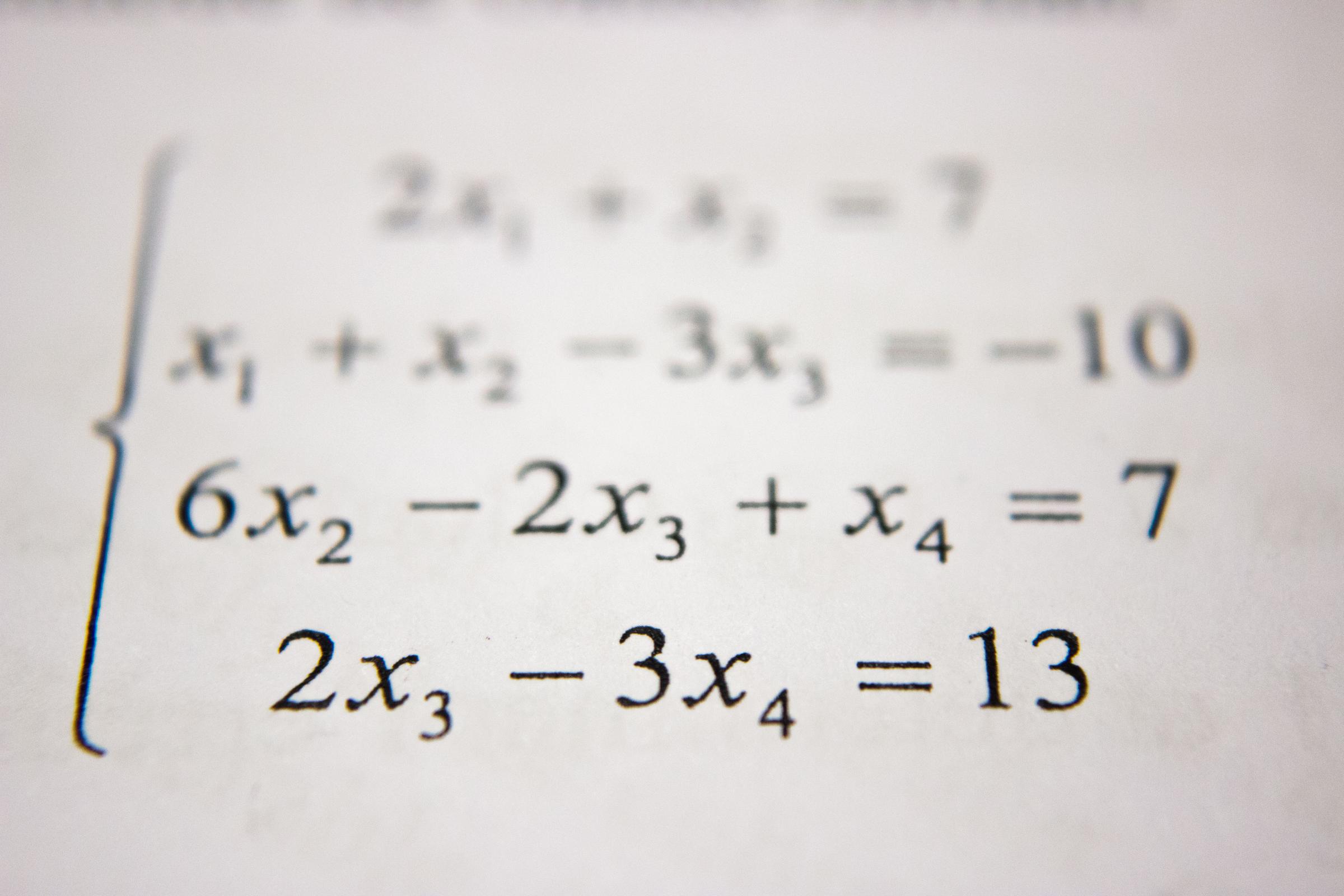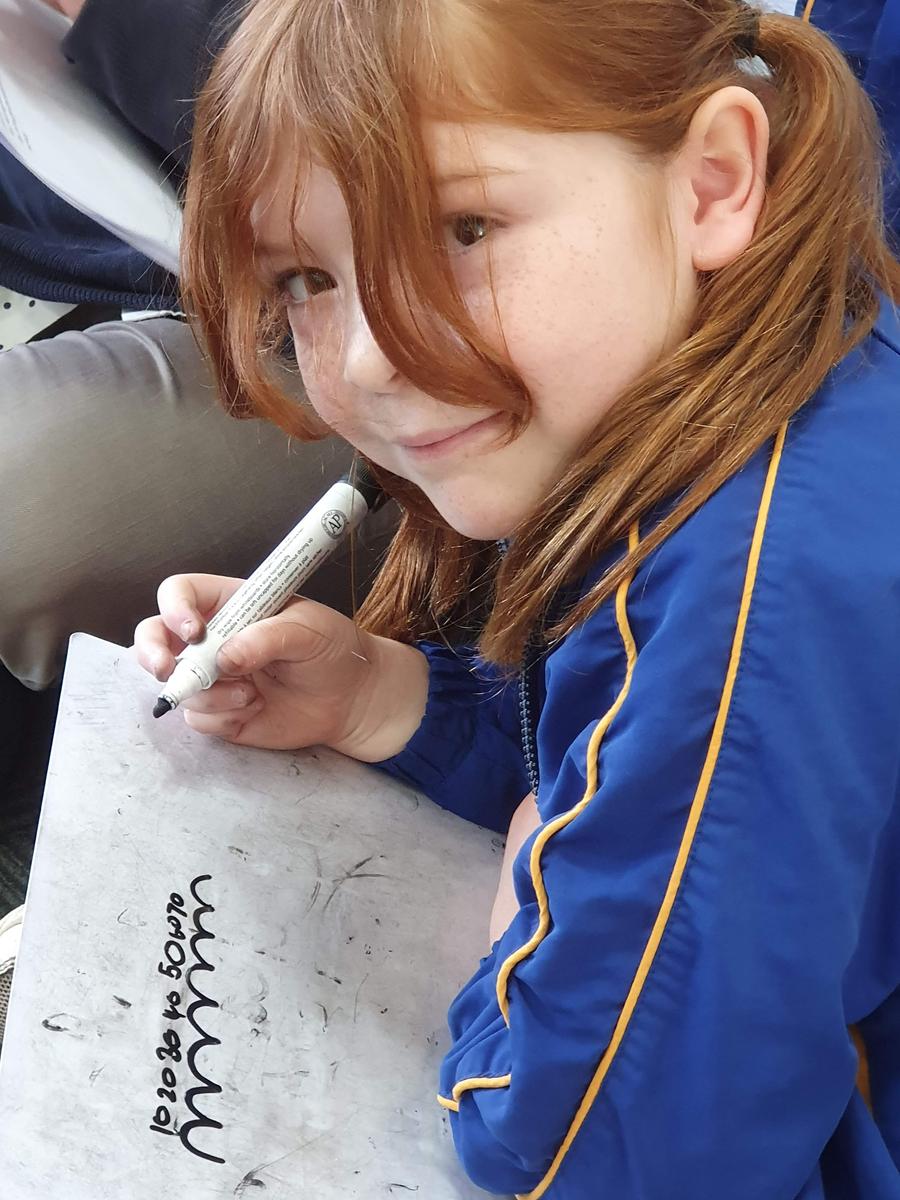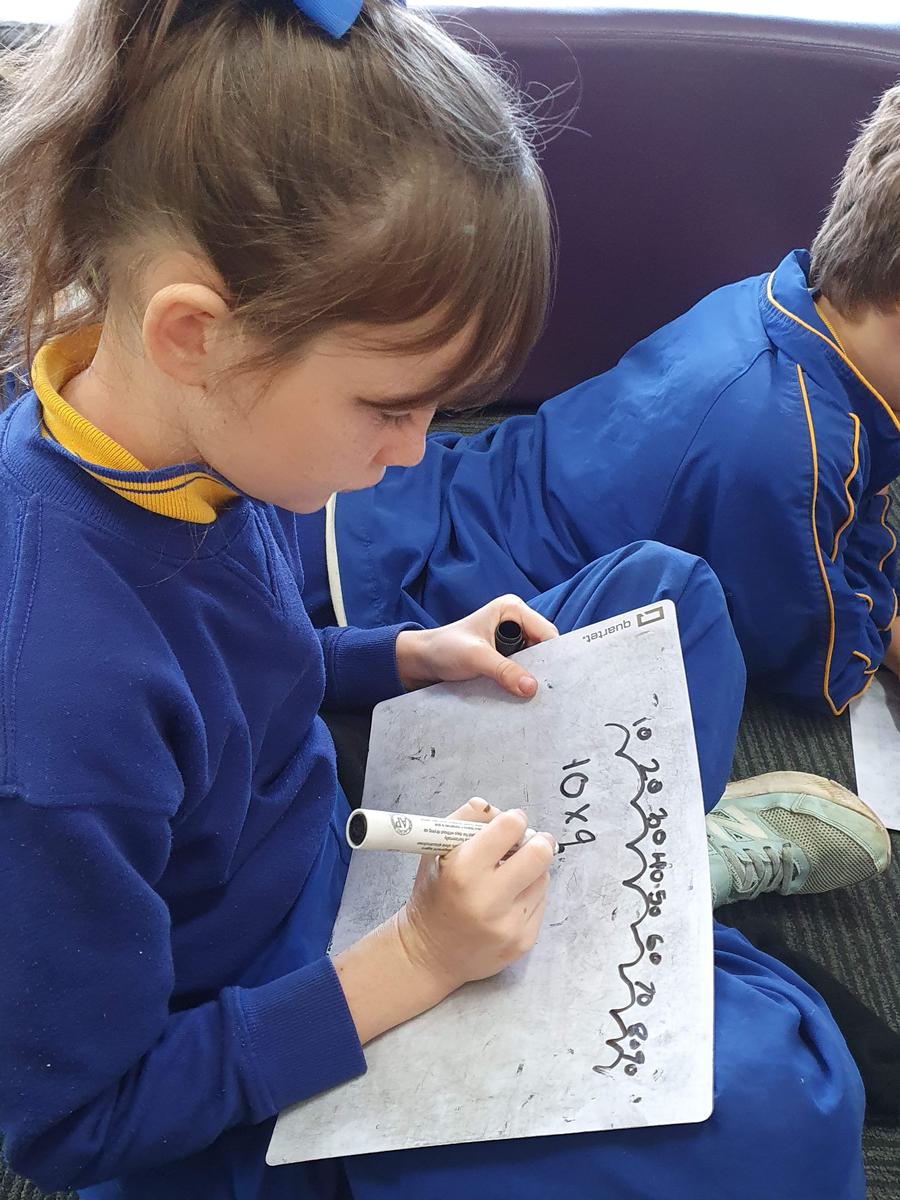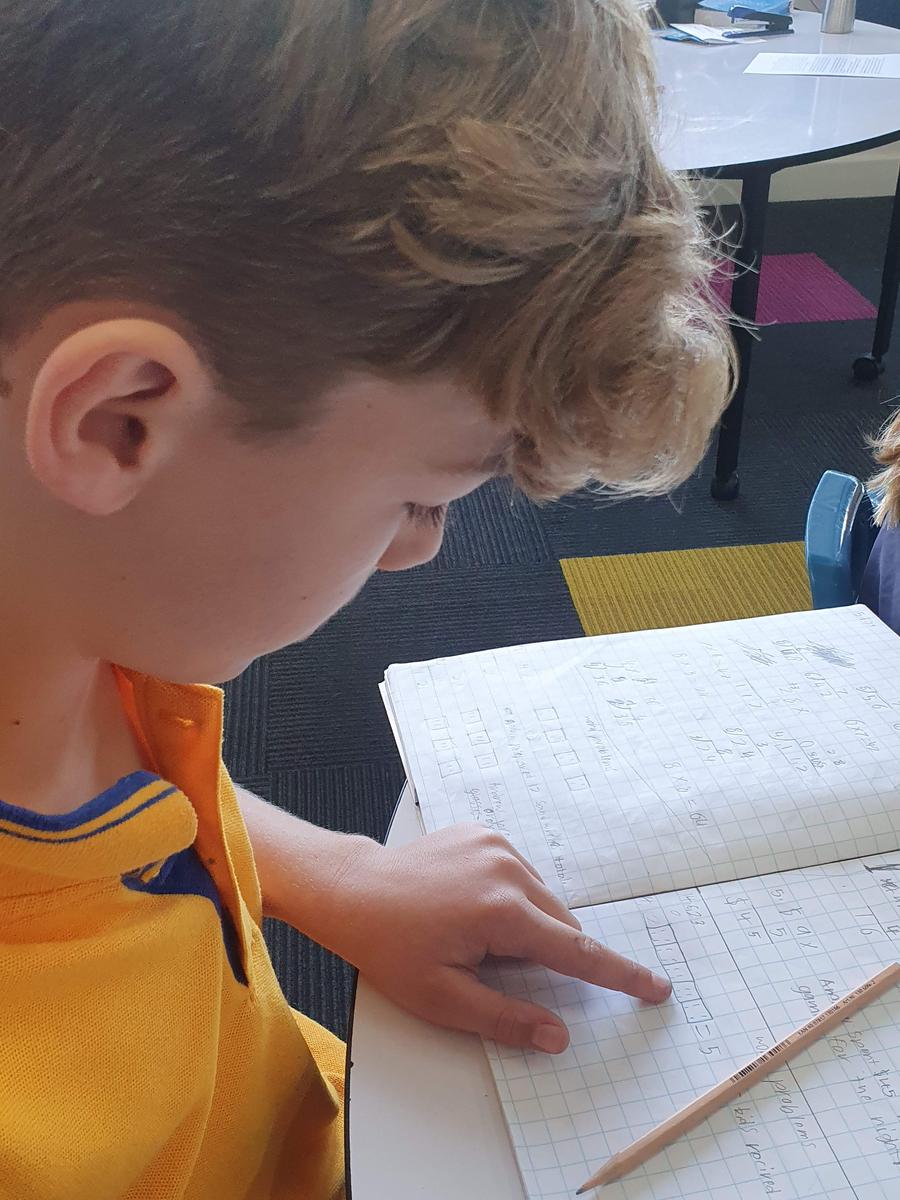Mathematics
Mrs Robyn Wilson - MaST - Mathematics Specialised Teacher

Mathematics
Mrs Robyn Wilson - MaST - Mathematics Specialised Teacher
Three tips for supporting mathematical problem solving at home:
1. Help children get started and reflect on word problems
2. Help children use visual representations
3. Encourage using multiple problem-solving approaches
All children can learn to be mathematical problem solvers, and children who can tackle problem solving in mathematics are better prepared for more advanced mathematics. Problem solving includes word problems, visual-spatial puzzles, games, and logic problems. Supporting your child in problem solving can enrich their learning of mathematics concepts and help them develop as mathematicians.
Children need to understand the problem and its context before attempting to solve it.
Some questions that can help with problem solving include:
Visual representations help children solve problems by linking the relationships between quantities in the problem with the mathematical operations needed to solve the problem. Below are some photos of Stage 2 using pictures to organise their thinking. The first photos show the students working out if a frog jumped 10cm each jump and he jumped 9 times how far did he jump?






The students below were given the problem. There were 24 marbles and and each child received 4 marbles how many children were in the group?










Solve maths problems with your child and then share how you solved the problem with one another—children can benefit from your ideas and sharing their own!
When children are regularly exposed to problems that require different strategies, they learn different ways to solve problems. As a result, children become more efficient in selecting appropriate ways to solve problems and can approach and solve math problems with greater ease and flexibility.